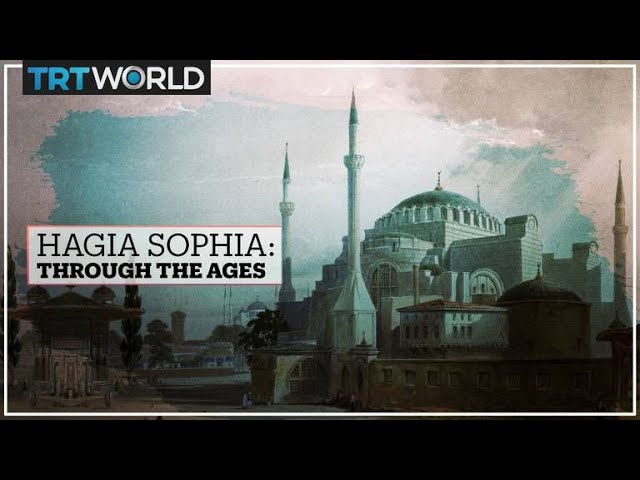The Hagia Sophia is an iconic structure located in Istanbul, Turkey, and is a popular tourist destination for visitors from around the world. It was originally built as a Christian church in 537 AD and served as a primary cathedral of the Byzantine Empire for nearly 1000 years. After the fall of Constantinople in 1453, it was converted into a mosque and served as such for another 500 years until 1935. The structure is now a museum and is a testament to the history of Istanbul and the various religions that have inhabited the city over the centuries.
History of Hagia Sophia
The Hagia Sophia was initially built by the Byzantine Emperor Justinian I in 537 AD as the new cathedral of Constantinople. It was designed by two Greek architects, Isidore of Miletus and Anthemius of Tralles, and was constructed in a remarkably short time of five years. It was the largest cathedral in the world for nearly a thousand years and was considered to be one of the wonders of the world. It was damaged by several earthquakes over the centuries, but was restored each time. The structure was finally sacked by the Ottoman Turks in 1453, who converted it into a mosque.
Hagia Sophia as a Mosque
The Hagia Sophia was converted into a mosque by the Ottoman Turks in 1453, who added minarets and Islamic symbols and decorations to the structure. During this time, the interior of the building was modified to accommodate Muslim worshipers, with the addition of a mihrab (a niche indicating the direction of Mecca), minbar (pulpit) and a mahfil (a prayer niche). The building also had four minarets added to it, one at each corner. The Hagia Sophia served as a mosque for 500 years until 1935, when it was converted into a museum by the order of Mustafa Kemal Atatürk.
Hagia Sophia as a Museum
The Hagia Sophia was converted into a museum in 1935 by Mustafa Kemal Atatürk, who wanted to preserve the structure as a testament to the history of Istanbul. The building was restored to its original state, with the minarets and Islamic decorations removed. The interior was also restored to its original state, with the mihrab, minbar and mahfil removed. The museum was opened to the public in 1935 and is now a popular tourist destination for visitors from around the world.
Conclusion
The Hagia Sophia is an iconic structure located in Istanbul, Turkey, and is a testament to the history of the city and the various religions that have inhabited it over the centuries. It was originally built as a Christian church in 537 AD and served as a primary cathedral of the Byzantine Empire for nearly 1000 years. After the fall of Constantinople in 1453, it was converted into a mosque and served as such for another 500 years until 1935. The structure is now a museum and is a popular tourist destination for visitors from around the world.


0 Comments